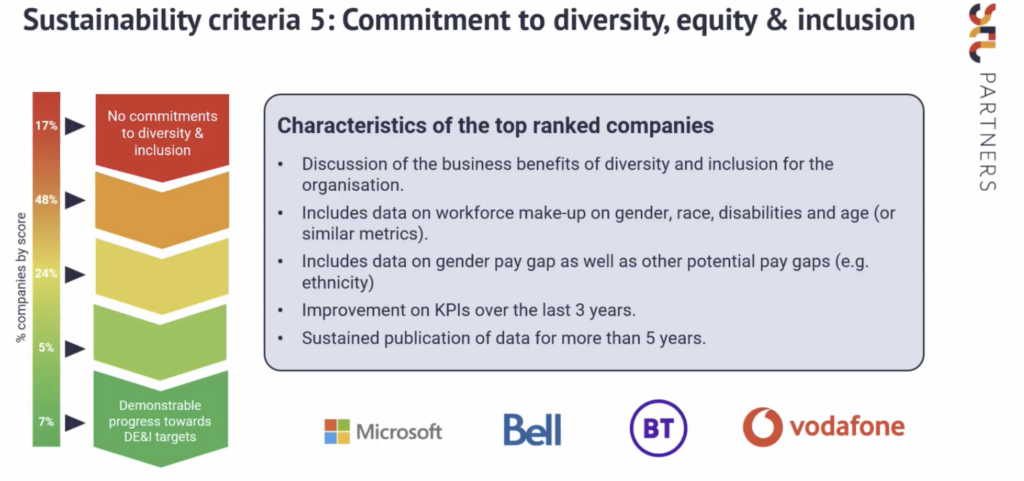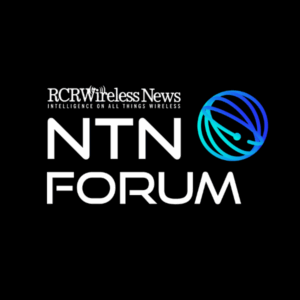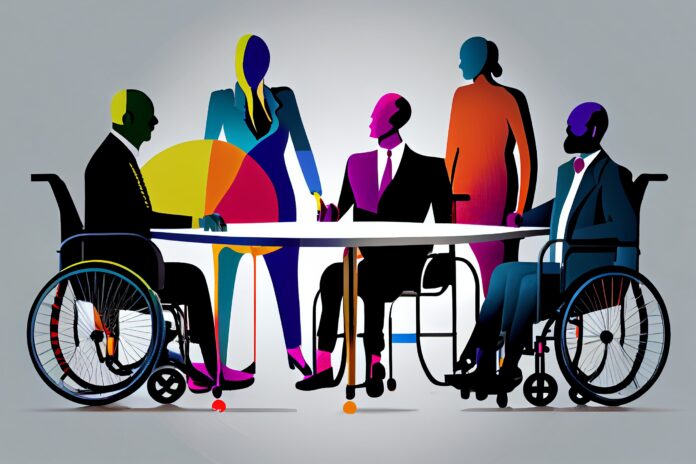When assessing diversity efforts within telecom, STL’s Research Director said gender is only one aspect taken into account
As part of its analysis of sustainability maturity across the telecom industry, STL Partners explores company progress around diversity, equity and inclusion (DE&I), explained the consultancy’s Research Director Amy Cameron during the opening session of the most recent Women in Telco event.
When assessing a company’s DE&I efforts, Cameron said, gender is only one aspect taken into account. “The other things that we look for … are things like … ethnic minority representation across their workforce or … the representation of people with disabilities,” she shared, adding that sometimes other criteria like age or representation of LGBTQ+, are also considered.
While STL has found that company commitment to diversity and inclusion is one of the more mature categories under the sustainability umbrella when compared to others like net zero targets and board & employee sustainability incentives, the industry as a whole still falls “below the desired threshold,” and that there remains “quite a lot of work to do.”
However, reporting on workforce representation is only one side of the DE&I coin. STL Partners also evaluates if a telecom company conducts any pay-gap analysis. “The risk there is you’ve promoted women to a senior level, but you’re not paying them as much as the men. And we don’t know whether that’s true or not [without reporting],” said Cameron. “STL Partners also looks at proof of progress, which requires a sustained commitment over time, clear targets and ambitions, demonstrable progress against targets and clarity on business benefits.”
With the above in mind, Cameron presented a graph showing that about 17% of the telecom companies examined have “effectively no commitment to diversity and inclusion,” while the vast majority — 72% — are in the middle of the pack, where Cameron said that most might mention the importance of DE&I in their annual reports but have no clear initiatives or data that analyzes their workforce makeup.

Of the 24% that make up the upper end of the middle of that pack, she said: “They maybe have data on something [like] the gender breakdown of their workforce, but they don’t have any targets, they don’t have any discussion of the initiatives… [or] data on the pay gap analysis.”
Just 7% of the telecom companies looked at offer the holistic approach to diversity and inclusion that STL is pushing. “They’re looking at a number of different metrics [and] tiers across the originations,” Camera said, adding that they’re also just simply looking at diversity and inclusion from a gender perspective. “Even among market leaders, there is still a long way to go,” she then acknowledged, sharing that 19% female representation is the average across the telecom industry, which isn’t particularly impressive.
To bring up those numbers — as well the increase the representation of other minority groups — Cameron ended the session by detailing where the industry should focus its attention moving forward:
- Recruiting women at entry level engineering, security & STEM positions to ensure equal representation in leadership positions outside of communications and HR
- Reducing barriers for women returning to work after parental leave
- Overcoming stigma of reporting disability
- Improving communication on the business benefits of diversity and inclusion to shift the conversation and focus away from simply complying with policy and social pressure
- Integrating DE&I requirements into supplier codes, alongside human rights and environmental credentials







